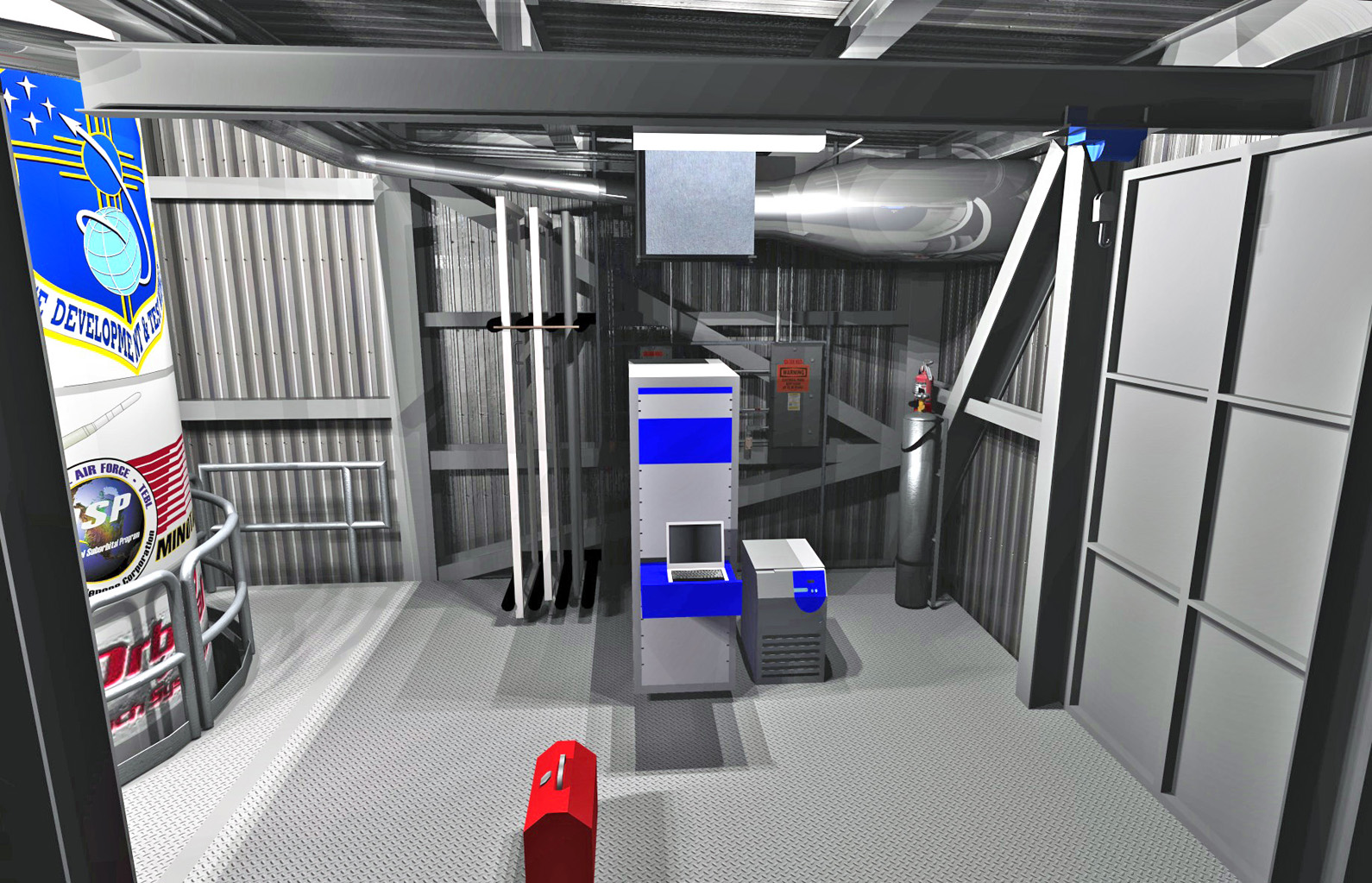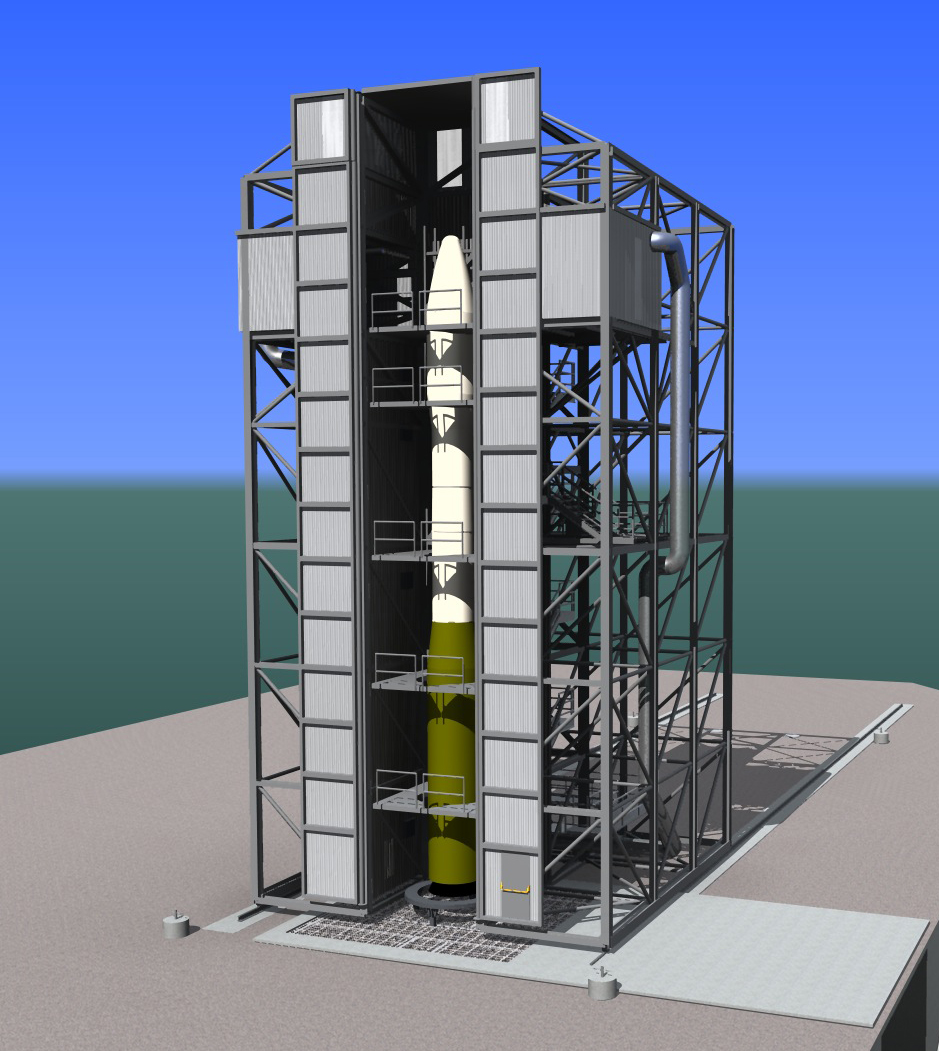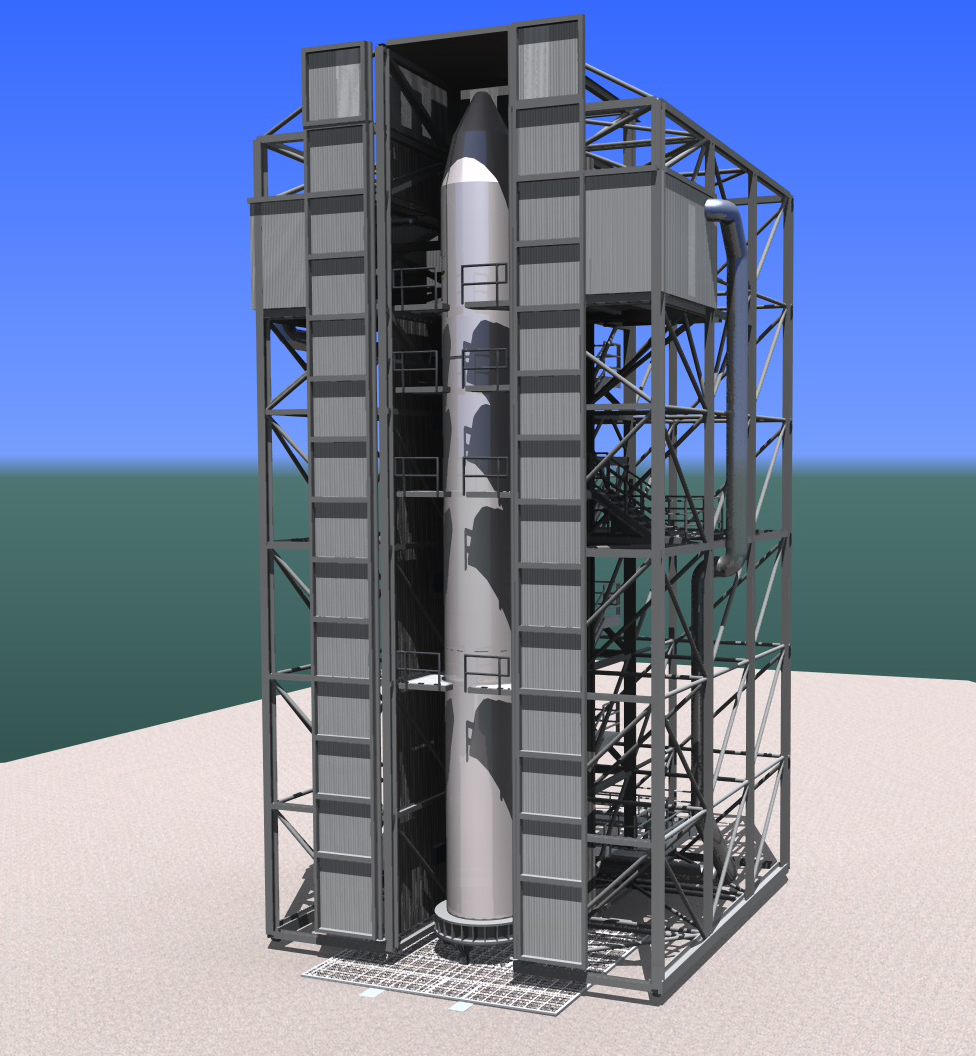Follow-Me Tool on Multiple Lines.
-
Dear Bob,
It is good to see that someone else in the space industry uses Sketchup. I get a lot of flak at work for using SU for concept designs. I'm supposed to use Inventor. I work on test facilities for the test and calibration of remote sensing instrumentation (terrestrial and planetary atmospheres), and have designed a few bits and pieces for space instruments too.
The guys in the department designed and built the radiative cooler for the instrument CIRS on Cassini, which was quite a challenge.
I would be interested to see more of your work.
Kind regards,
Bob -
@watkins said:
I would be interested to see more of your work.
Some of my work is shown at our website:
I've attached some that are not currently on the website. This and all my models are done in SU7.




-
Dear Bob,
Great stuff!
I see you get to play with much bigger toys. Your modelling looks very good, and very informative.
Kind regards,
Bob
Advertisement







